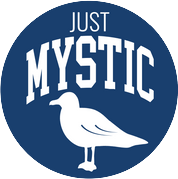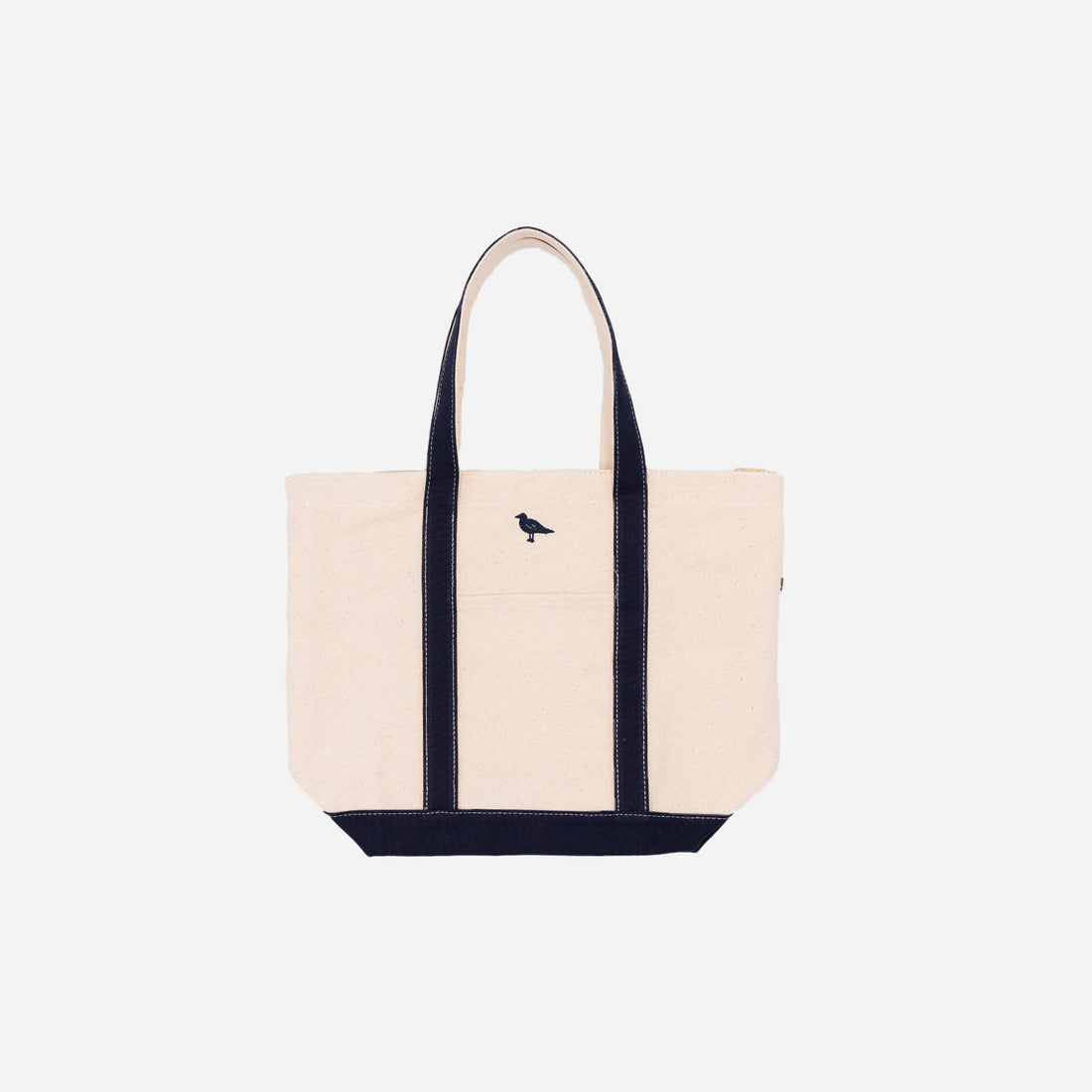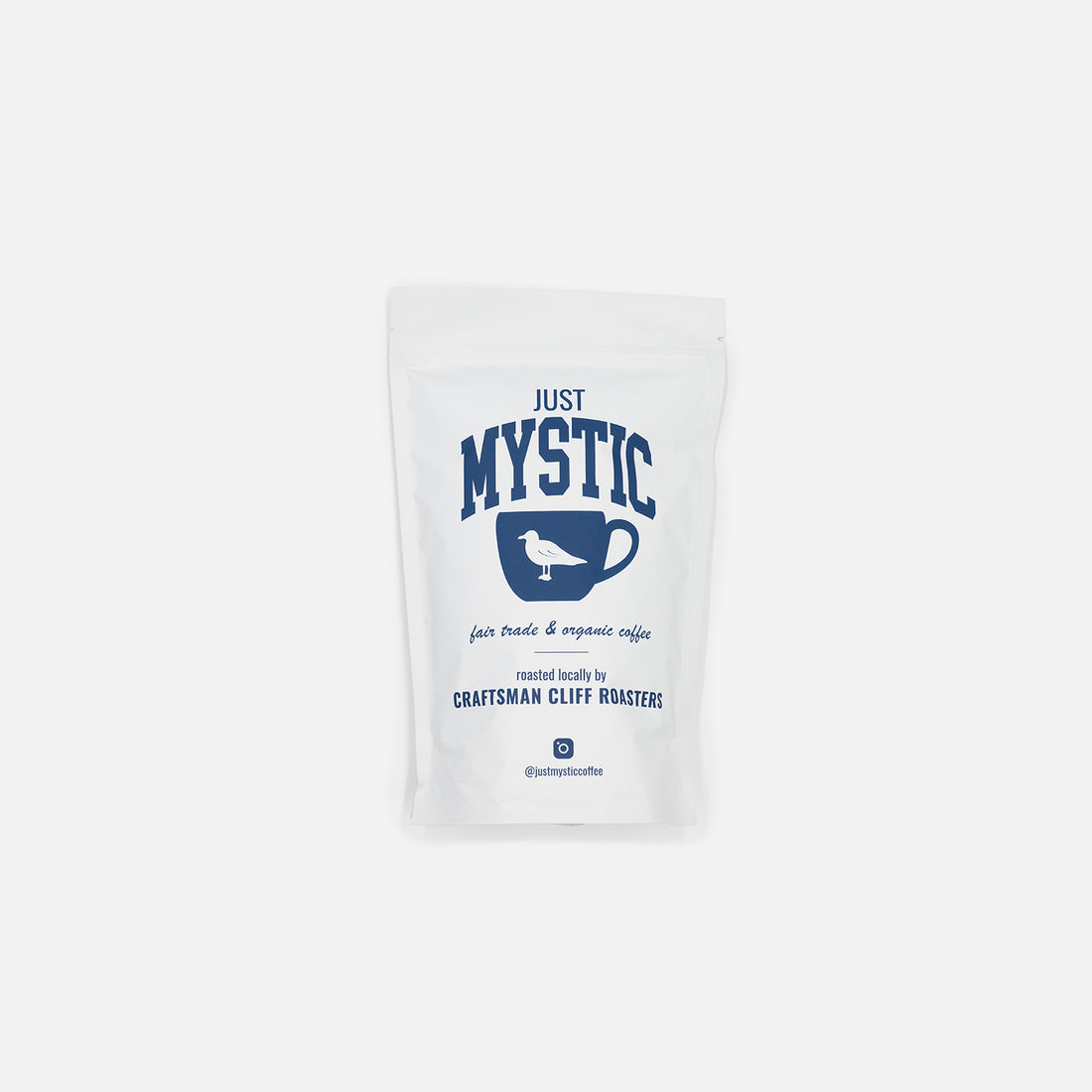
Just Mystic Editorial
10 principles for regenerative ocean agriculture from Eat Like a Fish
10 principles for regenerative ocean agriculture from Eat Like a Fish
6 min read
To be very clear, I am not a scientist. I’m also not an ocean farmer. And I’m definitely not Bren Smith, but I might be one of the fuzzy sharks he talks about in Eat Like a Fish. Hard to know for certain, but I do know that I want to share Bren’s 10 principles for regenerative ocean agriculture. You can also find these in Eat Like a Fish on pages 251-257. I’ve simply provided an abridged version below.
First, though, a little context.
Reading an article in the Economist many months ago, Why New England is going wild for wet weeds, I first learned about the rise of ocean farming, specifically farms described as 3D regenerative ocean farms, of which kelp is a core crop. Moreover, I learned that many of these farms are in the waters that were my recreation as a child.
Intrigued, I had to learn more.
In addition to immediately purchasing Bren’s book, I knew I needed to get my hands in some briny water to have any palpable understanding of this burgeoning industry that has actually, somehow, existed for many centuries, even thousands of years, in ancient cultures. And somehow, I was only just learning about it.
Eat Like a Fish was on its way, so in parallel, I reached out to seaweed, or as some prefer, sea greens, farmers on the Oregon coast, and a week later, I was eating raw dulse seaweed from saltwater tanks on the remote and rugged shores of Bandon. This felt adventurous, and I loved it. After taking a bag of dulse home, I created an unusually delightful stir fry. Was it kale bacon? Possibly. And I was the newest seaweed evangelist.
Building on this nascent passion, I considered becoming an ocean farmer myself. After all, as Bren says, 20 acres, a small boat, and $20k are all I need to get started. Very doable. Was this the path to fulfillment? Again, possibly, but pausing, thinking introspectively, I accepted that a life on the seas was more taxing than romantic and not my calling. Nonetheless, I admire ocean farmers like Bren. I admire them deeply. They are truly stewards of this planet and the generations to come, and they are doing important, meaningful work.
So what then for me? How might I still contribute?
That’s a question I’m still answering, but at a minimum, I’m giving back to the planet by giving to ocean farmers through GreenWave, the nonprofit co-founded by Bren in 2015. Having founded Just Mystic in October 2021, I now have a vehicle through which I can give to GreenWave, committing 1% of sales to their efforts. I’ll also continue to learn, my sister and co-founder too, and we’ll work to be a voice for ocean farming.
Our learning continues with sharing and following Bren’s 10 principles for regenerative ocean agriculture.
Here they are, with my own brief summaries.
1. Circular, not vertical
Vertical implies vertical integration, as in the vertical integration of hatcheries, farms, processing plants, products, and distribution. Vertically integrated companies are monopolistic, playing a zero-sum game in which the winners win really big and the losers lose really bad. Circular, however, is about creating a network of players, especially smaller players, who collaborate around a hub, such as the kelp farming industry. The value that is accrued is more evenly distributed. An analogy might be drawn from the rise of web3 and decentralization. In vertical models, power is centralized. In circular models, power is decentralized.
2. Who farms matters
Instead of large corporations owning massive ocean farms, industrializing the seas with monoculture crops, farms should be put in the hands of working-class people. And it’s these working-class people who will form the circular networks that create and distribute value equitably.
3. Protect ocean commons
To protect the ocean, we need sea trusts, like land trusts, with conservation zones, networks of ocean farms, and sustainable, wild fisheries. In a sea trust, the space will be public, not private, open to boating, fishing, and swimming. Also, in a sea trust, one that’s owned by the community, it’s the community that is empowered and motivated to preserve the health of the ocean.
4. Value ecosystem services
Ecosystem services include the removal of nitrogen, carbon, and heavy metals that are deposited into the ocean from terrestrial run-off and activities on the water, such as recreational boating, transportation, and, of course, shipping. These services can be provided by pollution farms, or farms that specifically exist to remove pollution from the environment. Pollution farms are ideal in urban areas and already exist on the shores of the Bronx River and the Port of San Diego.
5. Adopt appropriate technology
Appropriate technology for ocean farming includes things like sensors and mechanical fish to provide data that improves crop management and data harvesting. Crop management means knowing where in the water column to position crops such that they receive the most nutrients and the fewest pollutants. It also means knowing when to harvest. Data harvesting, meanwhile, is a potentially new revenue stream for farmers. Farmers can sell data to scientists, carbon and nitrogen credit markets, and wholesale buyers who need to predict supply yields.
6. Balance the scales
Related to the first two principles, balancing the scales is about creating new business models that create and distribute value more equitably.
7. Radical traceability
Do you really know what’s in the food that you eat? It’s hard to know without improved traceability. Today, it’s too easy to catch and sell illegal, mislabeled seafood. But tomorrow, perhaps with the adoption of appropriate technology, tracing food across the supply chain will be done in real-time with precision and accuracy.
8. Beyond organics
Organic certification is a land-based concept. It’s great for stable, predictable inputs, such as soil. Not so in the ocean, with tides, currents, and storms, and soil that turns over a thousand times a day. Thus, new frameworks are required to classify food and farms, such as regenerative certification. Farms that restore ecosystems will receive a regenerative certification. An example is the 3D ocean farm concept first designed by Bren Smith and now proliferating through the work of GreenWave.
9. Collaboration, not competition
In a world with circular networks and balanced scales, collaboration matters more than competition. Through collaboration, new practices and innovations are shared, driving further innovation. Perhaps, rather than a flywheel existing in one company, it encompasses everyone in the circular network.
10. Grow with the ocean
The ocean is changing rapidly. Fish stocks are depleted and water temperatures are rising. We must adapt to these changes by growing and eating what the ocean can provide. Not monoculture fish farms, but polyculture ocean farms with seaweed and shellfish.
To support and help grow ocean farming, please donate to GreenWave here, and consider learning more about the industry by reading Eat Like a Fish.
If you like our apparel, we’d love for you to buy a hoodie or sweatshirt. We’ll also give 1% to GreenWave, and hopefully much more.
Photo credit: GreenWave
_____________
Learn about the causes that we support:
Learn about the brands that we follow:
Learn about the places we love in Mystic:
Learn more about Mystic:






